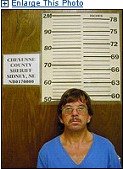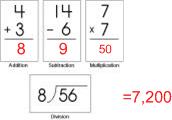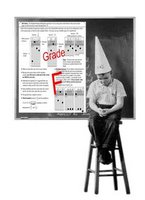 But Joe Mangano, secretary of the National Organization of Short Statured Adults, agreed with the judge's assessment that Thompson would face dangers while in prison because of his height. "I'm assuming a short inmate would have a much more difficult time than a large inmate," said Mangano, who is 5 feet 4 inches tall. "It's good to see somebody looking out for someone who is a short person."
But Joe Mangano, secretary of the National Organization of Short Statured Adults, agreed with the judge's assessment that Thompson would face dangers while in prison because of his height. "I'm assuming a short inmate would have a much more difficult time than a large inmate," said Mangano, who is 5 feet 4 inches tall. "It's good to see somebody looking out for someone who is a short person."One question which seems to be ignored is what if the victim is a short person?
Reaction:
“Recently, a 5' 1" Nebraska man was given 10 years probation instead of jail time for sexually assaulting a child. The judge was concerned for the man's safety in prison. I am personally appalled at the judge's decision. I have great sympathy for short people, especially short children, who are treated badly. Short children face bullying that far exceeds their due. However, when a person steps over the line, in this case far over the line, my sympathy ends. For his heinous crime against a child, this man should be in prison.
I also serve as a trustee of the National Organization of Short Statured Adults (NOSSA). One of our trustees, Joe Mangano, was quoted as supporting the judge's decision. This is not an official position of NOSSA. While I don't believe Mr. Mangano ever intended to support a child molester, his statement to the press was imprudent and he has been removed from the organization. “
Steven B. Goldsmith
Editor, Short Persons Support
http://shortsupport.org/index.html


 Wouldn’t you think the number would be higher? Either the display boards would appear not to be as effective as they could be or the average Wal-Mart shopper is apathetic toward missing children or both.
Wouldn’t you think the number would be higher? Either the display boards would appear not to be as effective as they could be or the average Wal-Mart shopper is apathetic toward missing children or both.






